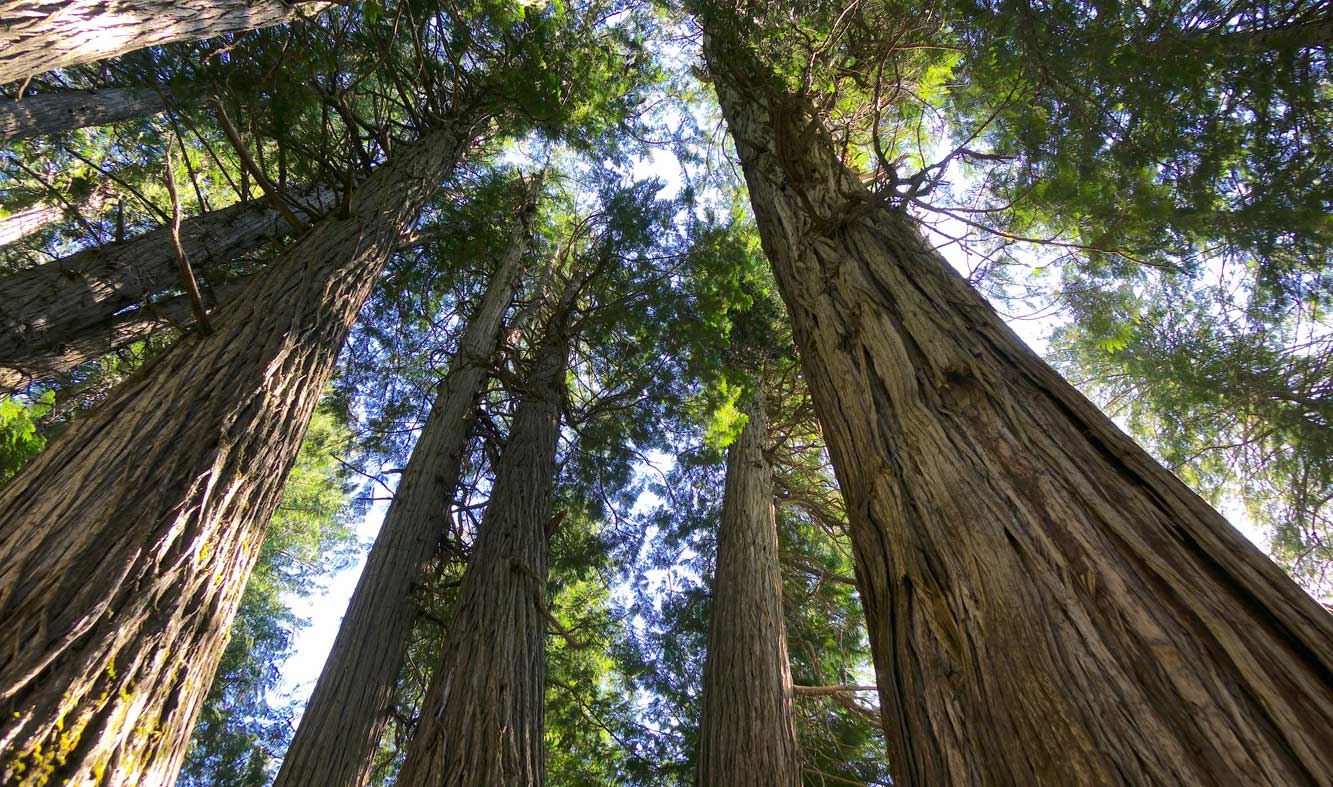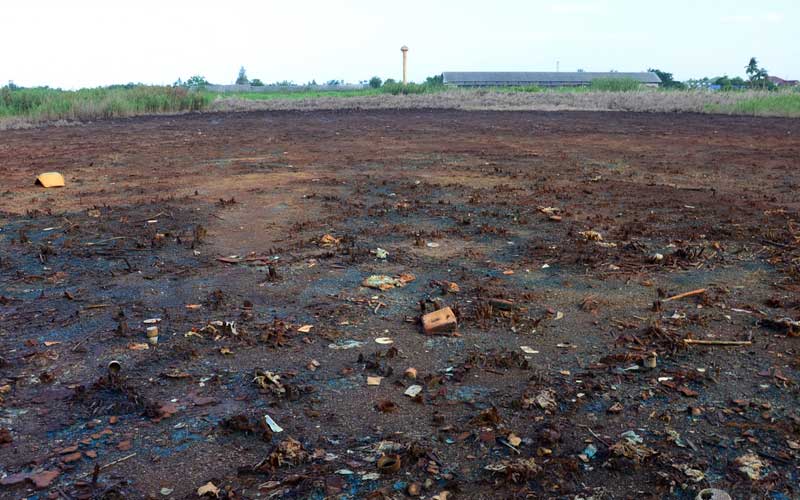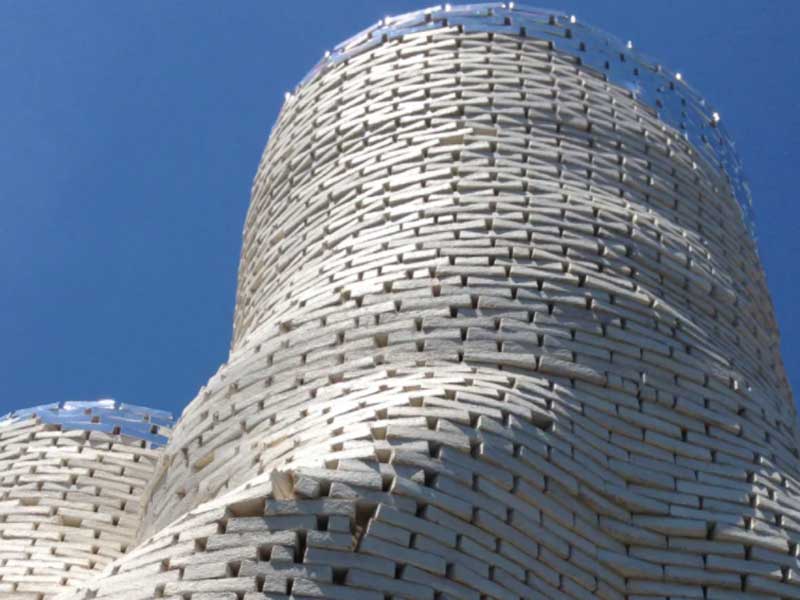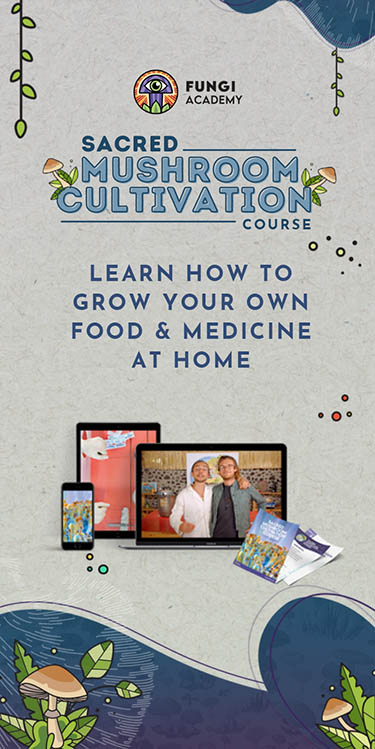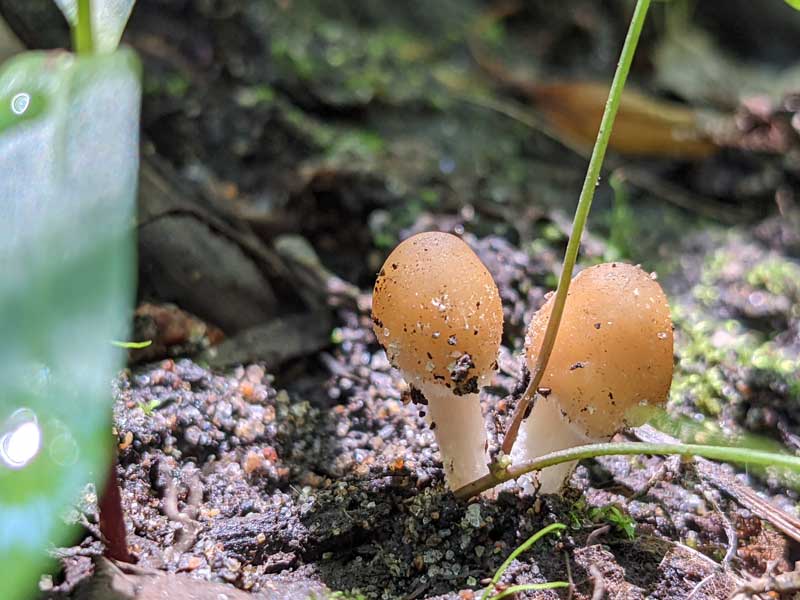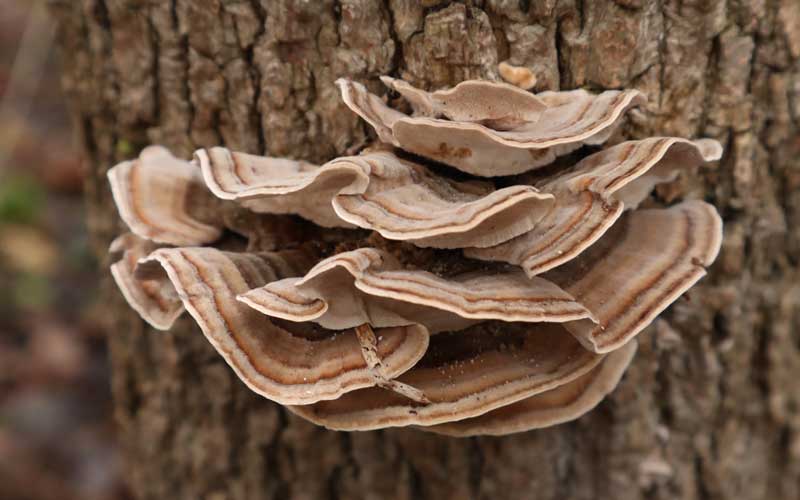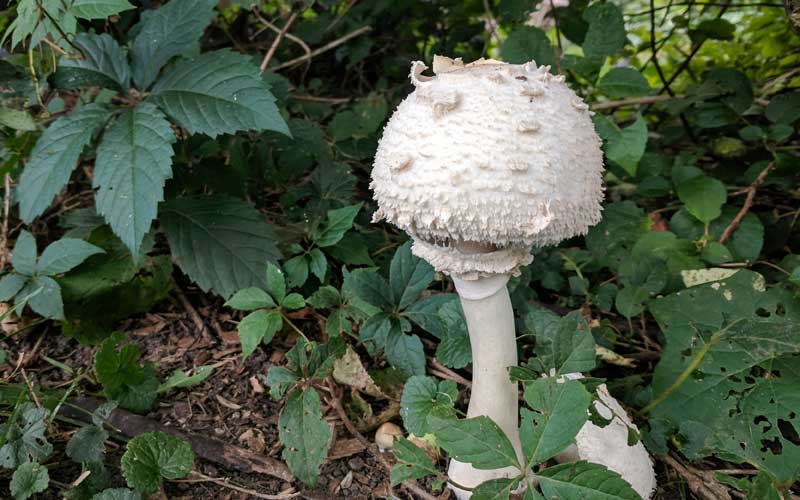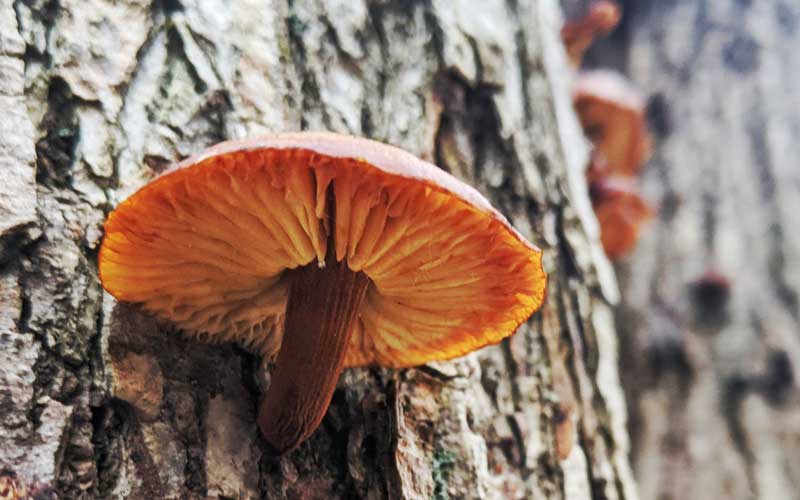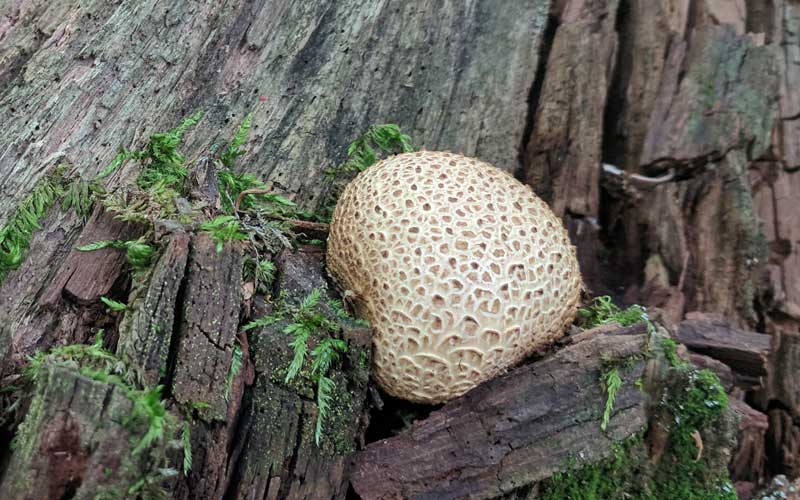- Home
- Mycelium Intro
- Mycorrhizal Fungi
Mycorrhizal fungi are our greatest allies in the fight against climate change.
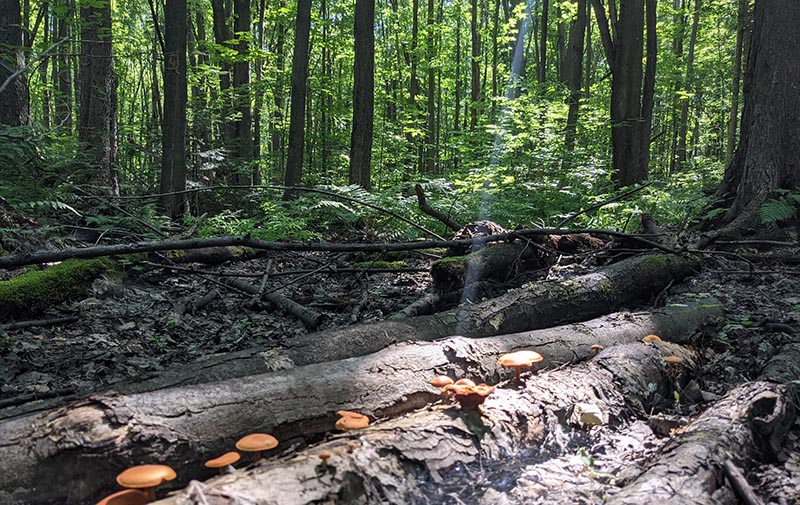
Greenhouse gases have tripled in the past 40 years, trapping heat in our atmosphere, and raising global annual temperatures by 0.18 Celsius (0.32 Fahrenheit) each decade. That may not seem like much, but the consequences are dire.
Polar ice caps are melting at unprecedented rates, the ocean is warming, sea levels are rising, and extreme weather is increasing with droughts, wildfires, heat waves, and floods. As world leaders debate solutions, other species struggle to adapt and many go extinct.
However, all is not lost. Soil carbon scientists have good news to report on climate change – mycorrhizal fungi are the world’s largest, most underutilized carbon dioxide sink, and our best ally against global warming.
What are mycorrhizal fungi? They are fungi that have a symbiotic relationship with the root systems of most of the plants and trees on our planet. They are critical members of the plant microbiome, enhancing plant access to soil nutrients and water.
Fungi have an amazing ability to sequester carbon.
While industrialized countries struggle to curb fossil fuel emissions and reduce carbon footprints with renewable energy sources, subterranean fungal networks hold immense untapped potential for carbon sequestration.
Fungal nutrient cycling absorbs a staggering amount of carbon in the soil – scientists estimate that 5 billion tons of carbon dioxide are trapped in topsoil annually. That is equivalent to the CO2 emissions produced by the United States every year, the most of any nation.
75% of the world’s terrestrial carbon is currently stored underground, in a stable environment where it remains for centuries (or longer), unless we disturb it. The ocean absorbs 31% of man-made CO2 emissions annually, but scientists are uncertain it can sustain that amount with growing acidification.
Soils are home to 25% of all species on earth, including most fungi, which form a diverse kingdom of our planet’s most prolific organisms and the original climate warriors.
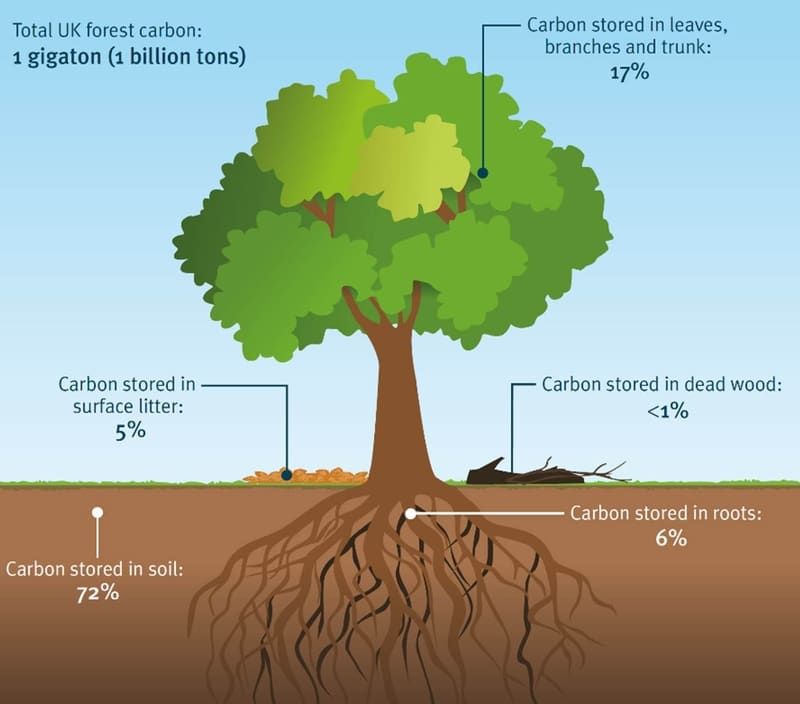
In fact, it was fungi’s ancient transition from the ocean onto dry land that enabled photosynthetic plants to evolve using mycelium as root systems, ushering in a 90% reduction of atmospheric carbon on primordial earth – making our planet inhabitable for early reptiles and mammals.
Today, fungi sustain the forests critical in CO2 exchange, helping trees consume nearly 30% of all human-generated CO2 through photosynthesis.
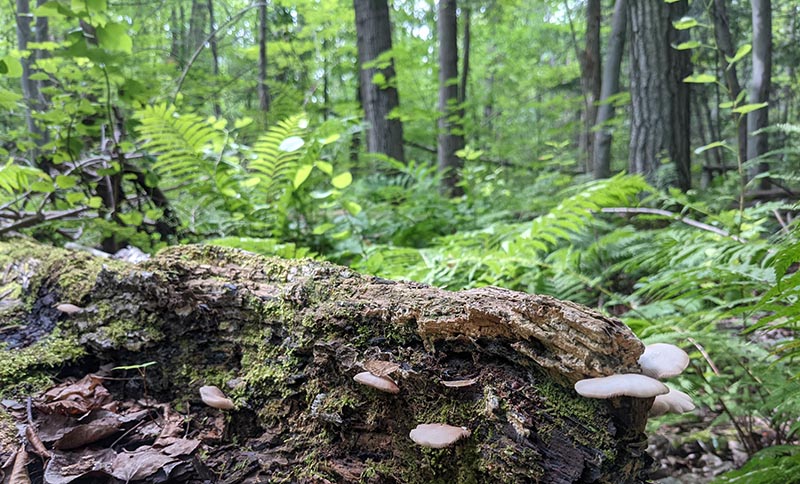
Healthy soils support healthy ecosystems.
Mycorrhizal fungi represent 30-50% of the living biomass in soils, forming the basis of a complex food web that provides plants with up to 80% of nutrients they need – the same plants that humans and animals rely on for food, oxygen, and habitat.
Mycelium increases the amount of water that soils can store, nourishing plants, slowing erosion, and reducing nutrient leaching through rainfall.
Mycorrhizae fungi are also highly effective in absorbing toxins and heavy metals from contaminated soils.
Healthy fungal networks make plants more resistant to drought, salt accumulation in soils, harmful viruses, bacteria, and pests. And fungi greatly decrease soil compaction, increasing oxygen levels in the soil.
At present, 450 quadrillion kilometers of mycelium inhabit the earth’s topsoil – enough to span half the width of our galaxy. Which is why soil scientists consider subterranean mycelium networks a massive carbon sink that must be protected.
With such a vast natural resource sitting right under our feet, why aren’t we harnessing fungal networks to fight climate change? The scientific community warns we are doing the opposite...
Modern industry destroys mycorrhizal fungi.
Current land use trends suggest that over 90% of our soils will be degraded by 2050, if we don’t change course. The effects on our climate will be devastating. With rising temperatures, pathogenic fungi and mycotoxins will also increase, threatening our food supply.
Switching to clean renewable energy is important for a sustainable future. But it will never compensate for the loss of healthy soils and forests required to absorb the excess CO2 currently trapped in our atmosphere.
Soil is often overlooked as the largest carbon sink on our planet - but if we aren’t paying attention to it, we can’t protect it.
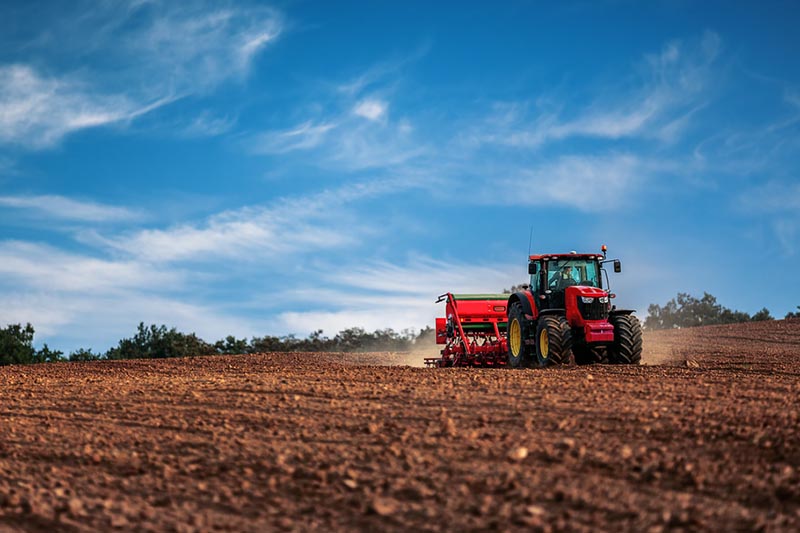
Commercial agriculture damages subterranean ecosystems where fungi thrive. Synthetic pesticides and chemical fertilizers kill all organisms that make soils healthy, including mycelium. Invasive tilling, ploughing, and monoculture crops destroy fungal networks – increasing erosion, lowering yields, reducing biodiversity, and making plants more susceptible to disease (including pathogenic fungi).
Deforestation further accelerates global warming and takes decades to restore. The United Nations estimates we lose 12 million hectares of forest every year. Yet ectomycorrhizal fungi must work in tandem with trees to sequester carbon underground in their mycelium, providing nutrients in exchange.
Mycorrhizae fungi have a huge and beneficial effect on the health of our woods and our forests.
To battle climate change, we need to restore fungal networks.
The first step in absorbing fossil fuel emissions should be to promote healthy soils and protect fungal networks – increasing underground CO2 storage capacity. Protecting forest habitat is vital to fungi conservation. Which is why the COP26 Summit in Glasgow set a goal of ending deforestation by 2030 to promote forest regrowth, which will lower net global emissions by 30%.
In addition to reforestation, soil scientists are pioneering ways to help fungal networks maximize carbon dioxide absorption. In Australia, researchers have developed a mycelium treatment that’s applied directly to crop seeds, increasing yield by 7% and greatly improving carbon storage around plant root systems.
Using rebates to encourage famers to adopt low-disturbance agriculture and apply fungi inoculum puts more carbon back in soils.
By studying how fungi adapt to environmental stress, researchers want to help plants survive hotter drier conditions and strengthen ecosystems.
Botanists at Purdue University are working to document fungal biodiversity before species go extinct. They have discovered nearly 150 new species of fungi and countless new orders, families, and genera – documenting five new fungal enzyme families that show promise in biofuel research.
We have an obligation to protect the health and future of fungi.
Organizations that advocate for fungi and healthy soils are leading conservation efforts by building interactive maps of earth’s mycelium networks to identify sequestration hotspots most needing protection.
The Society for the Protection of Underground Networks (SPUN) and GlobalFungi have created digital databases to document new species and track the distribution of fungal networks in real time – as colonies shift in response to climate change and human disruption.
The FFungi Foundation is building an online Fungipedia dedicated to documenting the fungi kingdom and helping botanists, mycologists, and scientists study them.
With global warming outpacing our ability to adopt sustainable solutions, we need healthy mycorrhizal networks more than ever – to protect our forests, build healthy soils, safeguard our food supply, preserve biodiversity, and to absorb the CO2 fueling climate change.
Related Topics:
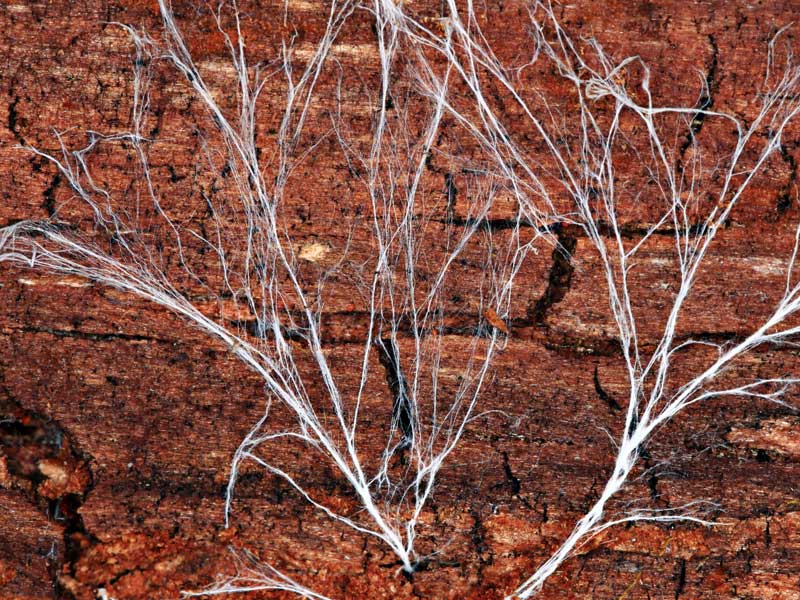
Mycelium… the underground network that connects and supports all life.
Mycelium is the miracle beneath our feet. It’s the root system of the mushrooms we see above ground, and a whole lot more. Read the full article...
How mushrooms and mycoforestry improve forest health.
Mycoforestry is the strategy of using mycorrhizal fungi to help damaged ecosystems—big or small—recover faster. The full article...
Mycoremediation can help clean up large areas of polluted land and waters.
Mycoremediation is the use of fungal mycelium to help clean up oil spills, toxic soil at old industrial sites, and polluted waterways. Read the full article...
7 Different products that are made with mushroom mycelium.
From buildings to vegan leather and beyond, mycelium is proving to be a powerful alternative to traditional materials. Read the full article...
